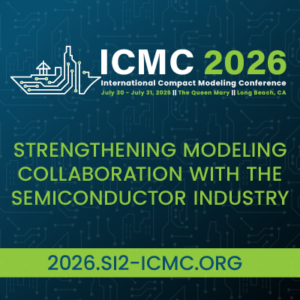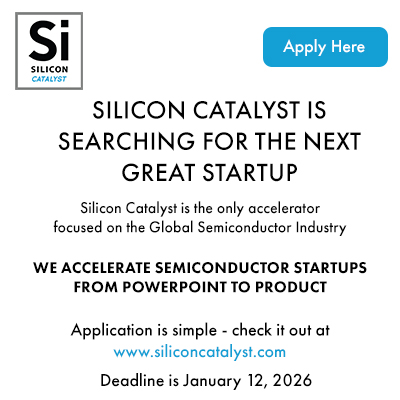
At a recent conference session on July 9, 2025, Prashant Varshney, head of the Silicon and Physics Industry Vertical for Microsoft’s Discovery and Quantum Division, unveiled the transformative potential of the Microsoft Discovery Platform. This innovative platform, announced at Microsoft’s Build event, aims to redefine chip design and scientific research by integrating generative AI, quantum computing, and high-performance computing (HPC) into a cohesive ecosystem. With its focus on scalability, interoperability, and IP security, the platform addresses the evolving needs of R&D teams across industries, particularly in semiconductors.
The rapid pace of technological innovation, driven by generative AI, has shifted the landscape from experimental to functional applications. Warn highlighted three key trends reshaping engineering: the pervasive influence of generative AI, the rise of domain-specific models, and the imminent impact of quantum computing. These advancements are pushing R&D teams to meet heightened expectations, balancing short-term cost efficiencies with long-term goals like market disruption and new revenue streams. However, current systems often fall short, relying on bespoke, loosely integrated tools that are difficult to scale or secure.
The Microsoft Discovery Platform tackles these challenges by offering a unified, AI-centric solution. Built on Azure’s scalable infrastructure, it integrates AI services, HPC, and data management to support industries like chemistry, material science, life sciences, and semiconductors. At its core is the Science Co-Pilot, a natural language interface that transcends traditional chatbot functionality. This orchestration layer understands domain-specific requirements and design goals, enabling context-aware decision-making and execution plans. By leveraging a knowledge graph termed the Science Bookshelf and an HPC-optimized Science Supercomputer, the platform empowers researchers to manage complex workflows efficiently.
A key strength of the platform is its ecosystem approach. Microsoft collaborates with EDA vendors like Synopsys, research labs, and system integrators to ensure seamless integration of existing tools and workflows. This interoperability is critical for semiconductor design, where commercial EDA tools are indispensable. The platform also supports specialized agents, such as those for planning, orchestration, or data processing, which can be customized by partners or users. These agents, grounded in domain-specific data like product documentation and prior designs, enable precise, context-driven insights.
Warn showcased practical applications, including a project with Pacific Northwest National Labs to develop a battery electrolyte with 70% less lithium, achieved by narrowing 32 million combinations through AI-driven simulations. Another example involved discovering a novel data center coolant, free of harmful PFAS chemicals, in just ten days. For chip design, the platform demonstrated its prowess by generating a microcontroller for an aircraft instrument landing system. Agents handled tasks like writing specifications, creating RTL, verifying designs, and conducting power, performance, and area (PPA) analysis, all while incorporating insights from the platform’s knowledge graph.
The platform’s ability to abstract hardware complexities ensures future-proofing, accommodating classical compute today and quantum workloads tomorrow. Specialized virtual machines, like EV6 and FXV2, powered by Intel’s fifth-generation Xeon processors, cater to EDA workloads’ unique demands, such as large memory and optimized core counts. Partnerships with Intel and NetApp further enhance performance and storage capabilities.
Despite its autonomous capabilities, human oversight remains integral. Each agent-driven step includes human-in-the-loop validation to ensure accuracy and alignment with project goals. Addressing concerns about training data for advanced nodes, Warn emphasized that newer models require minimal data, with encouraging results at 16-18 nm nodes. Future challenges, particularly for 2-5 nm designs, will require ecosystem collaboration with foundries.
The Microsoft Discovery Platform is poised to accelerate innovation, reduce time-to-market, and enable breakthroughs in chip design and beyond. By fostering collaboration and integrating cutting-edge technologies, it offers a scalable, secure, and extensible solution for the next generation of scientific discovery.
Also Read:
Google Cloud: Optimizing EDA for the Semiconductor Future
Synopsys FlexEDA: Revolutionizing Chip Design with Cloud and Pay-Per-Use
Perforce and Siemens: A Strategic Partnership for Digital Threads in EDA
Share this post via:








Quantum Computing Technologies and Challenges